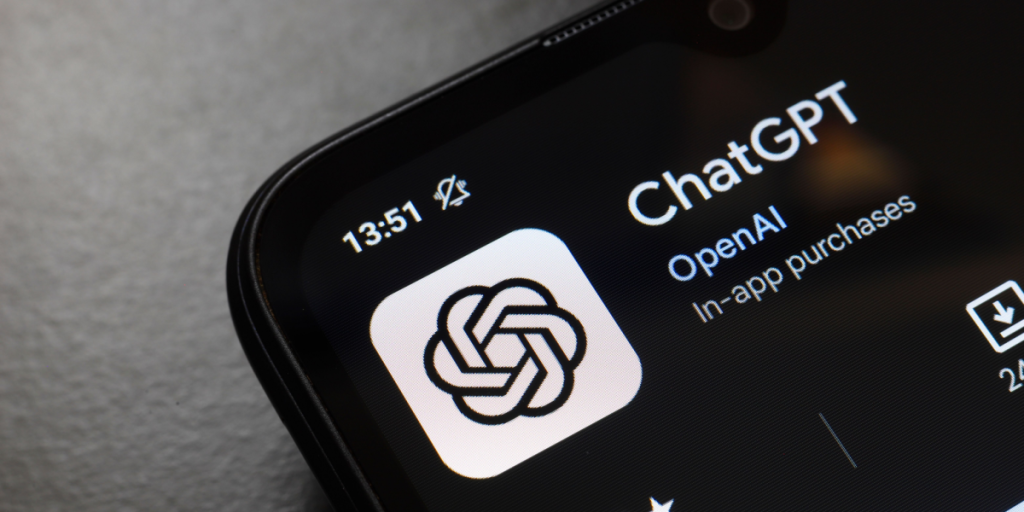Remember, that AI’s can be wrong.
Others are reading now
Remember, that AI’s can be wrong.
3½ years of madness
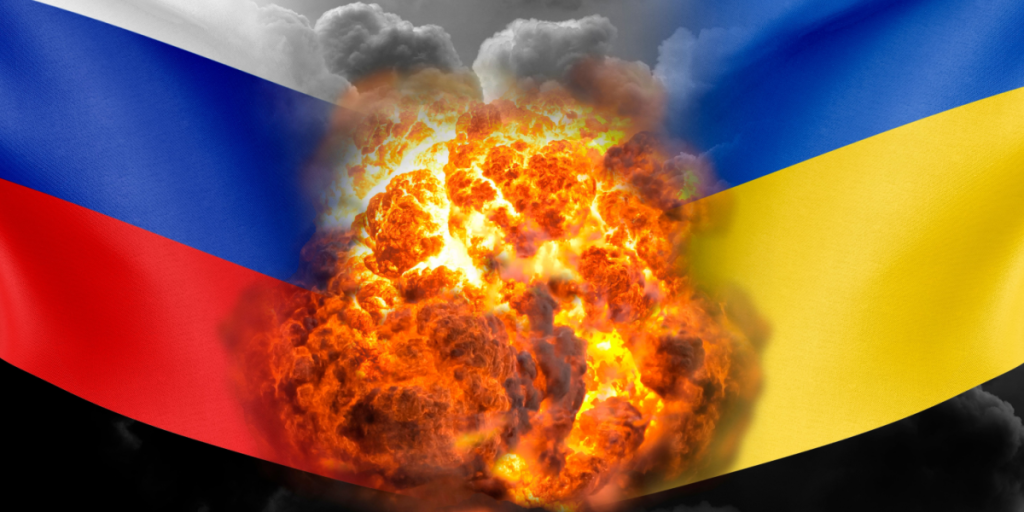
February 24th 2022 will forever be remembered as the day when the world changed:
That day, Russian troops crossed the Ukrainian border and started what has now turned into 3½ years of war.
The battle of the narrative
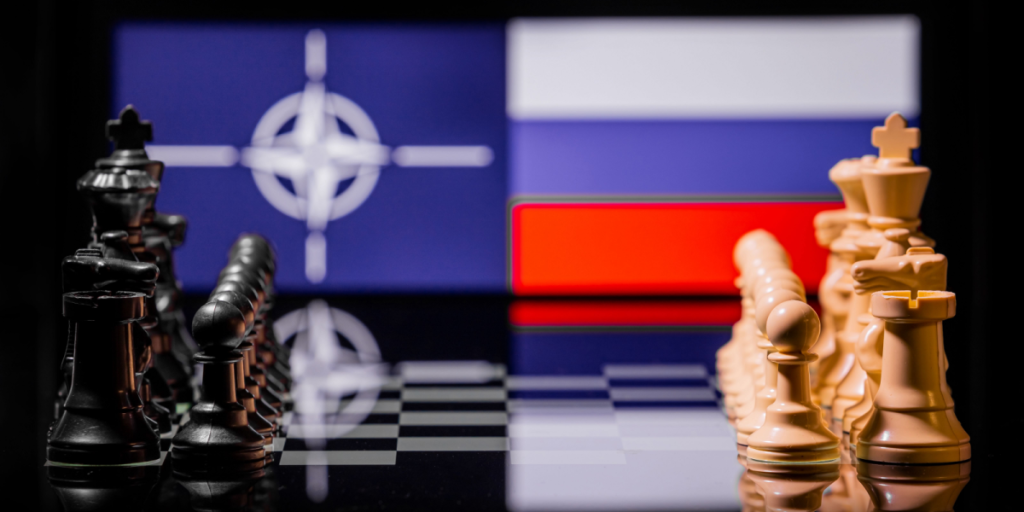
Russia claims the war is a defensive war, sparked by several reasons, including NATO’s expansion in the East, which poses a threat to Russia’s existence, according to Russia.
The West, on the other hand, emphazises that the alliance is purely defensive, and there was never any plot to attack Russia or even something remotely similar.
Also read
An AI’s perspective

What sparked the war will forever be a matter of perspective, but what if an AI were to explain, why the war started?
Well, we asked ChatGPT: “Why did the war in Ukraine begin?”
And it came up with seven reasons.
Disclaimer
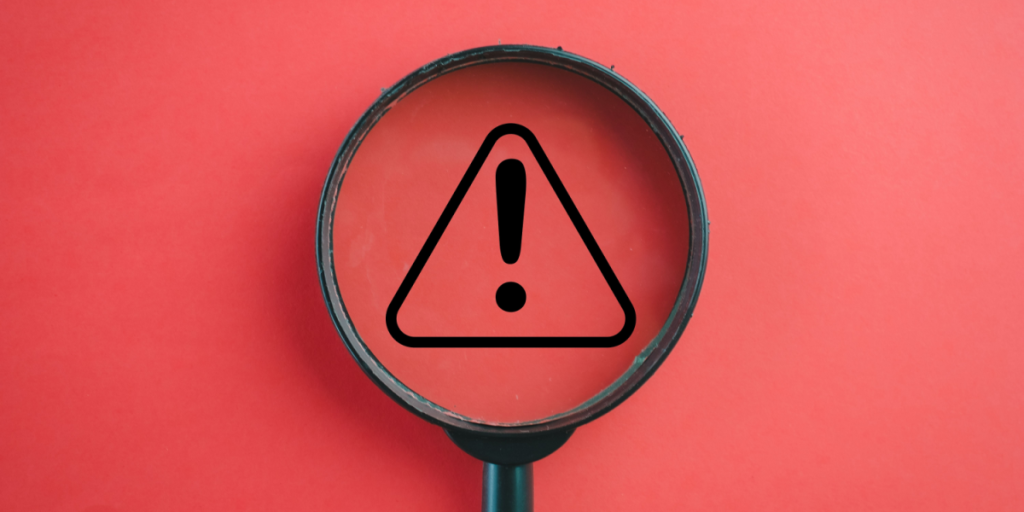
The following seven points are the unedited answers from ChatGPT.
Note that AI’s can make mistakes, and that this is an experiment meant to entertain.
Also read
We have chosen not to fact check the claims made by ChatGPT in order to preserve the integrity of the experiment.
1. Russia’s opposition to Ukraine’s western alignment

Ukraine had been moving closer to the European Union and NATO for years. Russia saw this as a threat to its influence over former Soviet states.
When Ukraine pursued deeper ties with the West, especially after 2014, Russia viewed it as a direct challenge to its regional dominance.
2. Annexation of Crimea in 2014
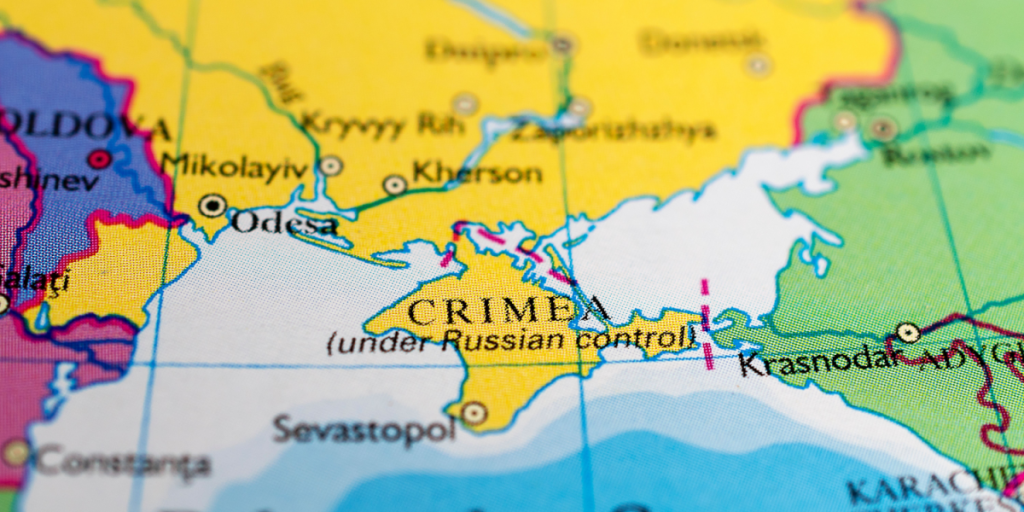
In 2014, after a pro-European uprising ousted Ukraine’s pro-Russian president, Russia invaded and annexed Crimea.
This move was condemned globally and marked the beginning of active conflict between the two nations.
Also read
3. Conflict in Eastern Ukraine
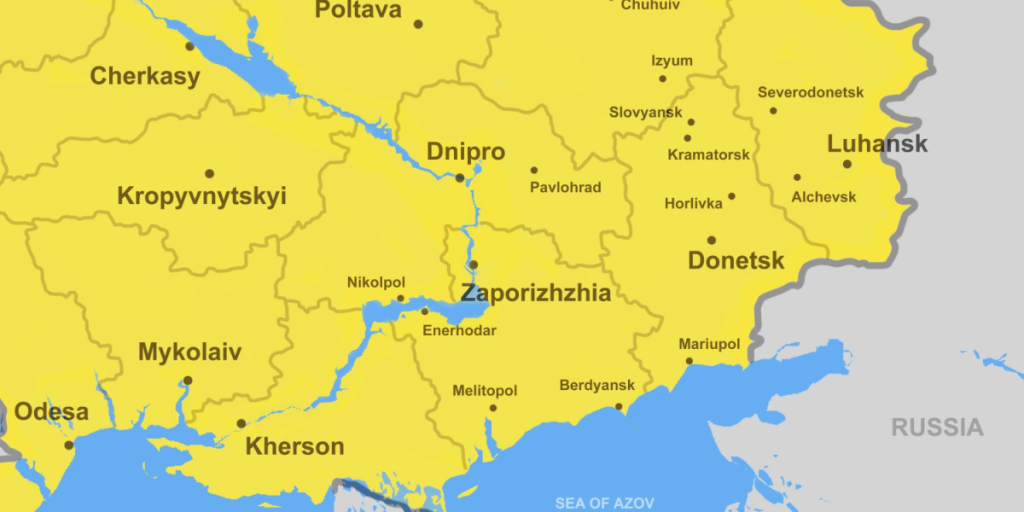
Following the annexation of Crimea, pro-Russian separatists—supported by Moscow—seized parts of the Donetsk and Luhansk regions in eastern Ukraine.
This sparked a war that continued for years, with thousands of casualties, even before the full-scale invasion in 2022.
4. Putin’s view of Ukrainian sovereignty
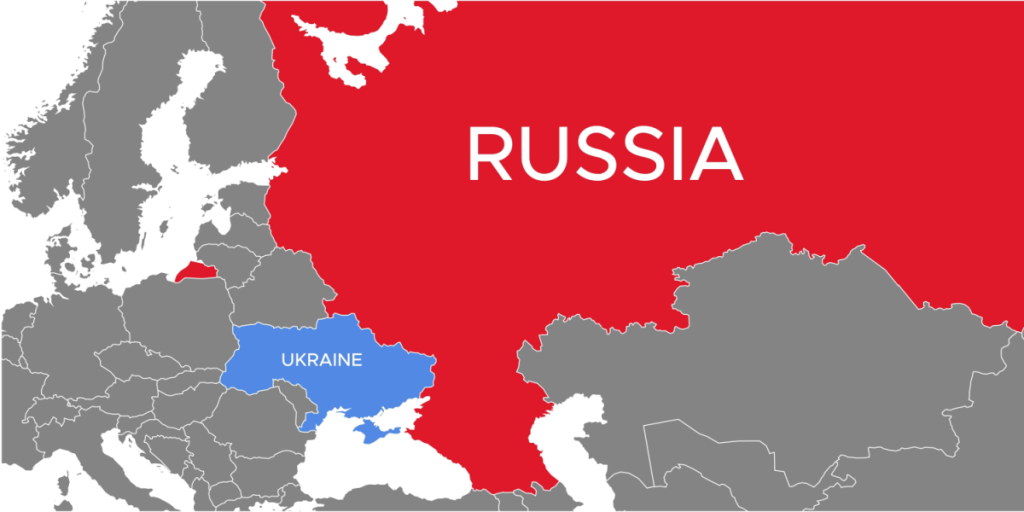
Russian President Vladimir Putin has repeatedly claimed that Ukraine is not a legitimate, independent nation but rather part of the “historical Russian world.”
His rhetoric suggests he sees Ukraine’s independence and Western orientation as illegitimate.
5. Full-scale invasion in 2022
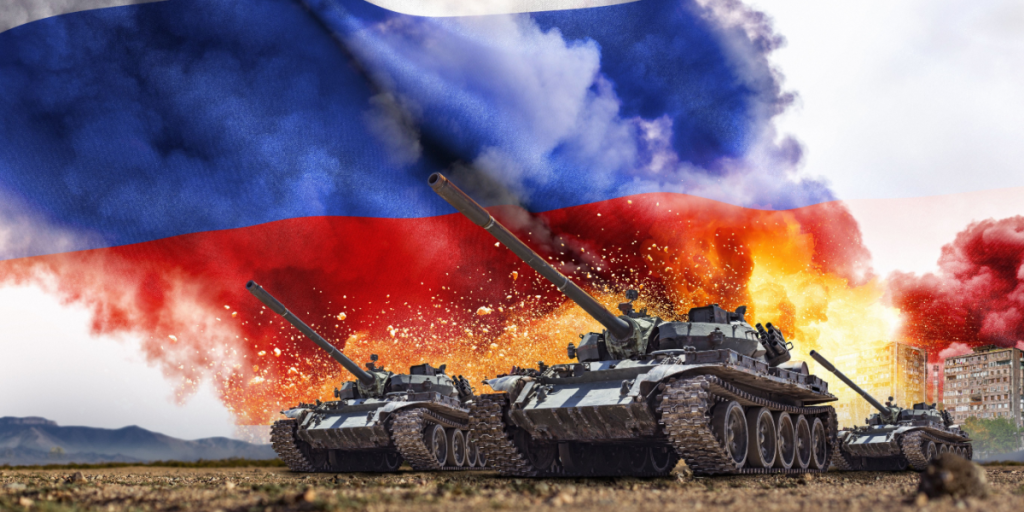
On February 24, 2022, Russia launched a full-scale invasion of Ukraine.
Also read
Officially, Russia claimed it was to “demilitarize and denazify” Ukraine, but these claims have been widely dismissed by international observers as false pretexts for aggression.
6. Geopolitical ambitions and fear of NATO expansion
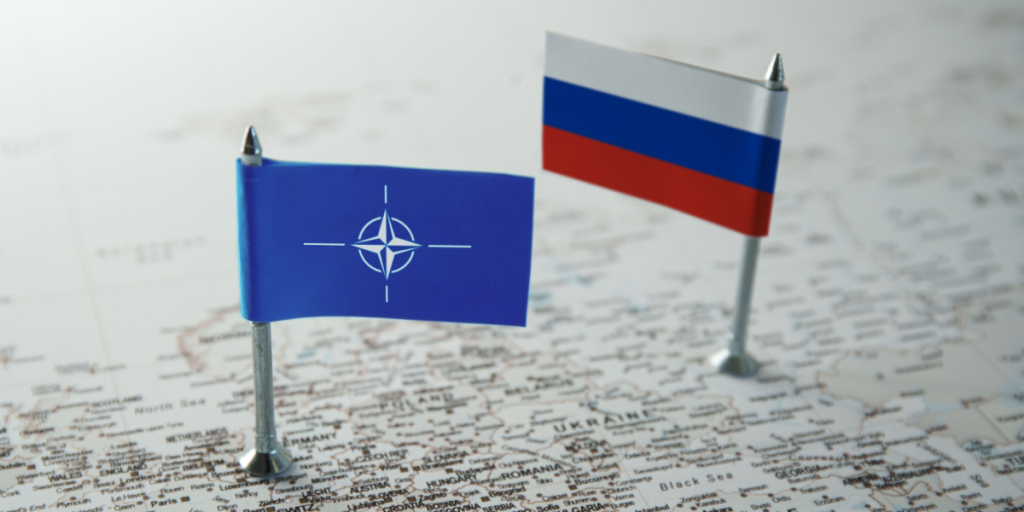
Russia has long opposed NATO’s expansion eastward. Although Ukraine was not a NATO member, it was increasing its cooperation with the alliance.
Russia feared losing strategic buffer zones and used this as justification for military action.
7. Domestic politics and authoritarian control
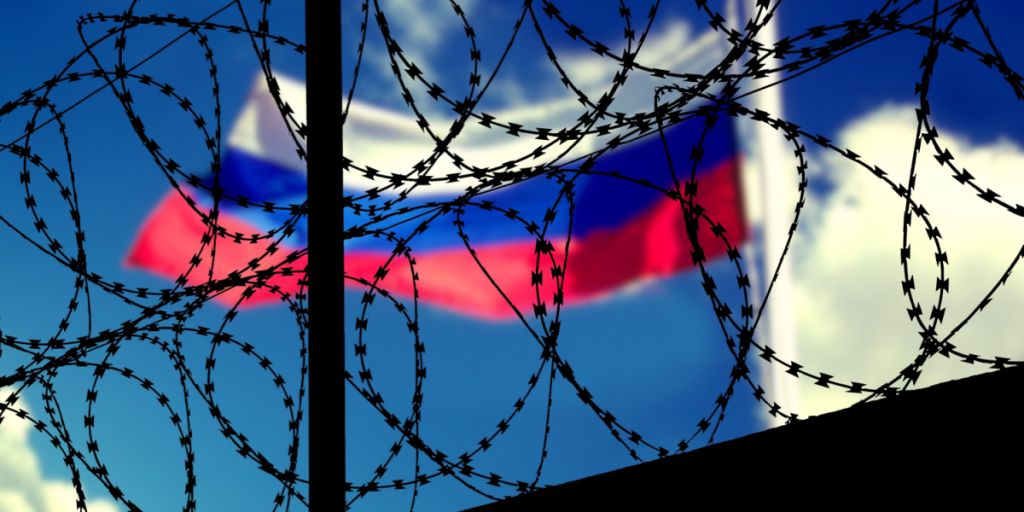
Some analysts argue Putin also used the war to solidify domestic control, distract from economic issues, and stoke nationalist sentiment at home.
War can be a tool for authoritarian regimes to consolidate power and suppress dissent.

